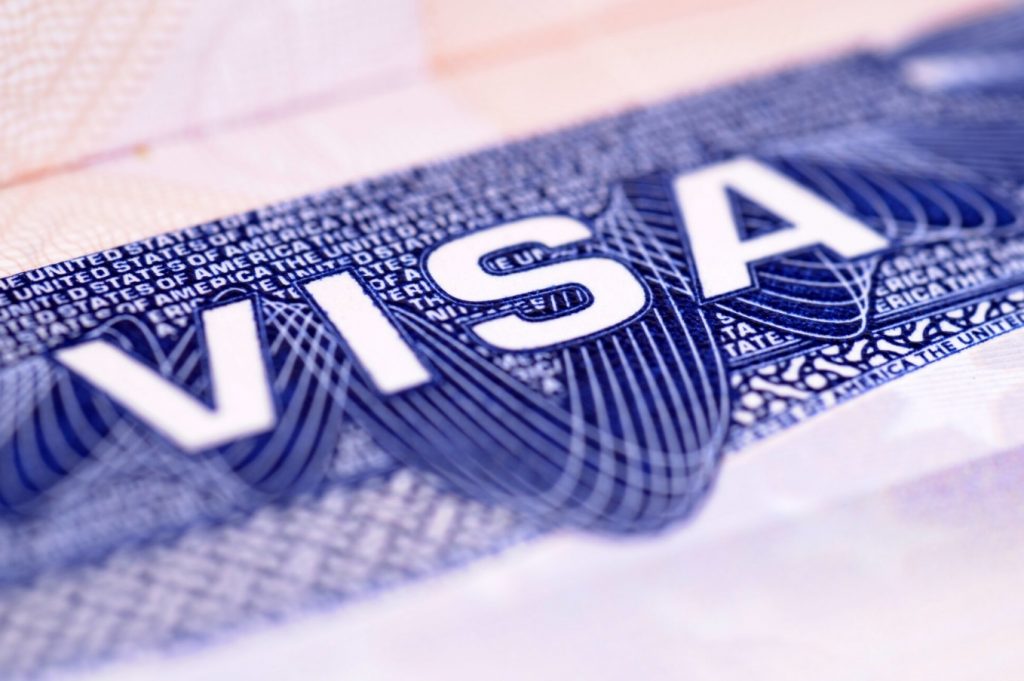H-1B to Green Card: Processing Time and Options

For numerous skilled foreign laborers, the transition from an H-1B visa to a Green Card in the United States is a noteworthy achievement. However, with so many options to weigh and different processing times, understanding the complicated immigration process can be overwhelming. This article will discuss all of the paths and choices open to applicants, as well as the usual processing timeframe for converting an h1b to eb-5 visa or to a Green Card.
H-1B Visa: Overview
Employers in the United States are able to temporarily hire foreign workers in specialty occupations under the terms of this non-immigrant visa. Usually, a bachelor’s degree or higher in a particular field of study is required for these jobs. H-1B visas may be originally issued for a maximum of three years, with the option for a three-year extension.
Making the Switch to a Green Card:
For a lot of H-1B visa holders, getting a Green Card—also called lawful permanent residency—is the next sensible move in terms of settling down permanently in the United States. To convert an H-1B visa to a Green Card, there are various options, each with different requirements and processing timelines.
Employment-Based Green Card Categories:
A popular route for holders of H-1B visas to acquire a Green Card is through work sponsorship. The three employment-based Green Card categories—EB-1, EB-2, and EB-3—each have different requirements for eligibility and processing durations.
· EB-1: Priority Workers
Priority workers, such as those with exceptional ability, exceptional academics and researchers, and international executives or managers, are eligible for the EB-1 category. In comparison to other categories, the EB-1 category may speed up the Green Card application process for highly skilled persons.
· EB-2: Advanced Degree Holders and Exceptional Ability
For people with advanced degrees or extraordinary talent in their field, there is an EB-2 category. Holders of H-1B visas may be eligible for EB-2 if they can prove extraordinary skill in their line of work or if they have a master’s degree or above. EB-2 Green Card processing times might differ based on priority date and country of origin, among other things.
· EB-3: Skilled Workers, Professionals, and Other Workers
Experts, professionals, and other personnel who do not meet the requirements for EB-1 or EB-2 classifications fall under the EB-3 category. Because it is subject to annual visa restrictions and waiting lists in specific preference categories, this category usually takes longer to complete than EB-1 and EB-2.
PERM (Program Electronic Review Management) and Labor Certification:
Often, in order to receive a Green Card through employment sponsorship, the employer must complete the labor certification process. In order to complete this process, you must show that no qualified American worker is available to take the position being offered to the foreign worker.
Due to the requirement of publicizing the job vacancy and performing recruitment efforts to evaluate the demand in the U.S. labor market, the PERM process might significantly extend the time frame for the entire Green Card application process. Following approval of the PERM application, the employer may proceed to file an Immigrant Petition for Alien Worker (Form I-140) on the employee’s behalf.
Consular Processing vs. Adjustment of Status:
H-1B visa holders may choose to proceed with consular processing or adjustment of status as the final stage in the Green Card application process after their Form I-140 petition has been approved. Applying for adjustment of status permits qualified candidates to stay in the country and submit an application for lawful permanent residency. Form I-485, Application to Register Permanent Residence or Adjust Status, must be submitted to U.S.
Citizenship and Immigration Services (USCIS) as part of this procedure. Conversely, consular processing necessitates that the candidate apply for an immigrant visa at a foreign U.S. consulate or embassy. The candidate can enter the country with the immigrant visa in hand and obtain their Green Card upon arrival.






